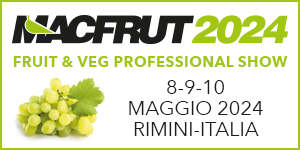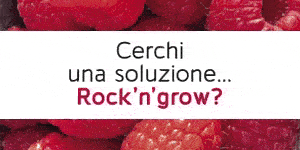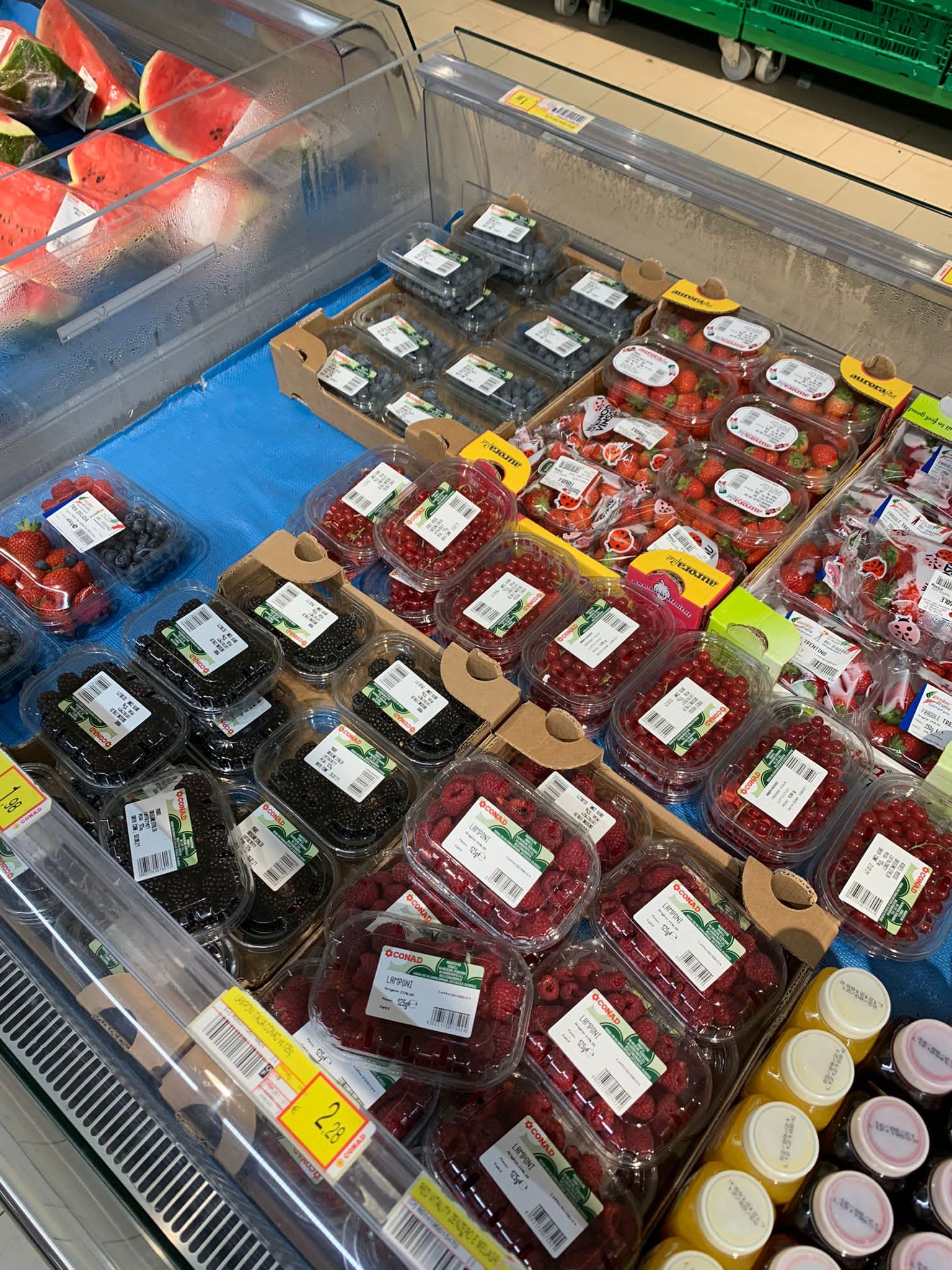Luciano Mattivi is one of the main pioneers in the introduction of berries in Italy. In this exclusive interview to Italian Berry he talks about the future of the sector and underlines the fundamental role of varietal improvement to solve the next challenges related to labour shortage.
What are the next challenges that genetic improvement is preparing to solve for berries?
Genetic improvement is effective when oriented towards clear objectives. So far, research has given priority to objectives such as yield per hectare and post-harvest shelf life. Other priorities are now being imposed, mainly dictated by critical labour availability issues.
What is the effect of a shortage of manpower?
This phenomenon, which is gradually affecting an increasing number of world production areas, has several implications in the process of varietal improvement: in particular, it is becoming necessary to select new varieties that have a greater scalability in production and a better ease in harvesting.
How does the scale of production affect the management of a farm producing berries?
The more scalability increases, the more the company is able to optimize the use of manpower, minimizing its use or increasing the area in production with the same number of staff.
In Sicily and Morocco there are varieties of raspberry that must be harvested twice a day to avoid oxidation and colour degradation. This implies an extremely labor-intensive effort to prevent the product from reaching the market in precarious conditions. On the other hand, there are varieties of strawberries which, with excellent brilliance and resistance, are harvested every 6 days. Raspberries are also being targeted at varieties which are harvested every two or more days. The current objective of research into new raspberry varieties is to aim for harvesting every three days.
Are there benefits for the other components of the supply chain, for example the consumer?
Sure, a good scalarity allows the fruit to stay more on the plant and therefore to arrive at harvest time with a better taste and a higher sugar content.
Does scalability also affect distribution?
Generally speaking, a fruit that ripens more slowly is a more preservable fruit even in the phases following harvesting. Therefore, wholesale and retail distribution also benefit directly from this: by increasing the shelf-life, distribution can be better managed and waste along the entire supply chain can be reduced.
Are there other factors besides scalability that help to optimize the use of labour?
Another critical factor is certainly the bearing of the plants. For strawberries an intricate development with tangled stems significantly slows down the harvest.

What about the raspberries?
The same thing happens with raspberries: many varieties are excessively bushy, with tangled branches and hard-to-reach fruit. In these cases the yield in kg/hour is significantly affected.
It is therefore necessary to select varieties that, in addition to the other attributes, also meet the objectives of ease of harvesting.
Why are the varieties currently available not meeting these objectives?
These are varieties that have been developed with different selection objectives, which can vary from yield per hectare to shelf life in post-harvest, to taste and aroma. But these criteria often conflict with the ease of harvesting, a key criterion for the new generation of varietal selections,
Varietal improvement is using material from traditional varieties which are no longer used for commercial crops but which had more upright bearing: new, simpler varieties can be derived from these varieties during harvesting,
Why is ease of collection a key objective?
There are two different complementary factors that are converging on the criterion of ease of harvesting: labour shortages (affecting both costs and actual seasonal availability) and advances in mechanical and robotic harvesting.

What problems does a robot collecting berries have?
Paradoxically, a robot has the same problems as a human harvester: harvest yields collapse if it is confronted with fruits that are difficult to harvest because they grow on plants that are difficult to access or because the stems are too intricate.
So finding varieties easier to pick up puts men and robots together?
Yes, because minimizing harvesting costs requires clear objectives that apply to both manual and mechanical harvesting: Harvest resistant varieties with maximum scalability and ease of harvesting.
What is the status of the mechanical collection for blueberries?
There are machines and they are in many ways more efficient than human harvesting, not only in terms of cost but also in terms of quality. In fact, the bloom stays on the fruit better with these machines than with manual harvesting. But in order to exploit all the advantages of manual harvesting, we need to develop varieties of blueberries that are harder and more resistant to mechanical stress.
For raspberries, mechanical harvesting is certainly more problematic.
That depends. For harvesting for industrial use in British Columbia, very efficient technologies have been developed for raspberries for deep-freezing. While for raspberries for fresh consumption we are still in our infancy: there are still no varieties optimised for this process and robots are not yet efficient enough. Here, too, development will take place through research for genetic improvement and advances in machine vision techniques for robots.
So what are the berries of the future going to be like?
We are working to select varieties that will enable us to give a product that is good for the consumer and easy to manage in harvesting and distribution: these are not objectives that cannot be achieved jointly once they are clearly defined and all efforts are directed in the right direction.











